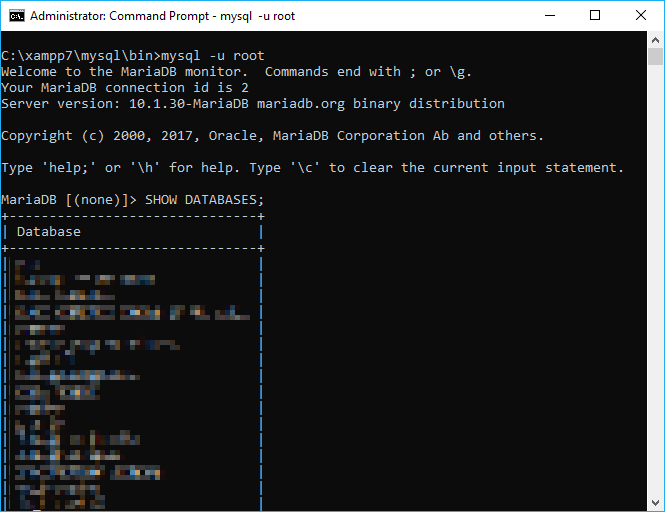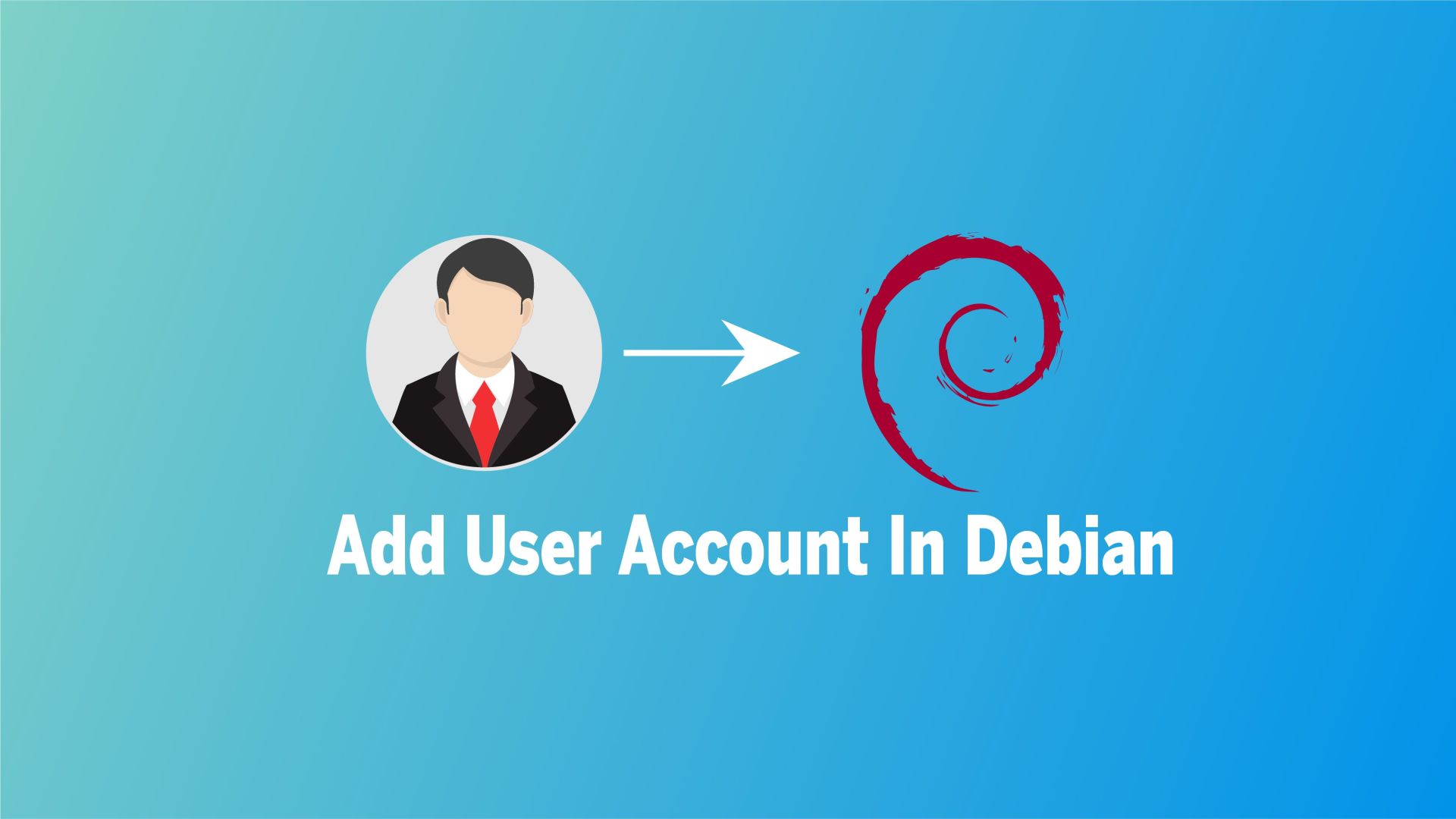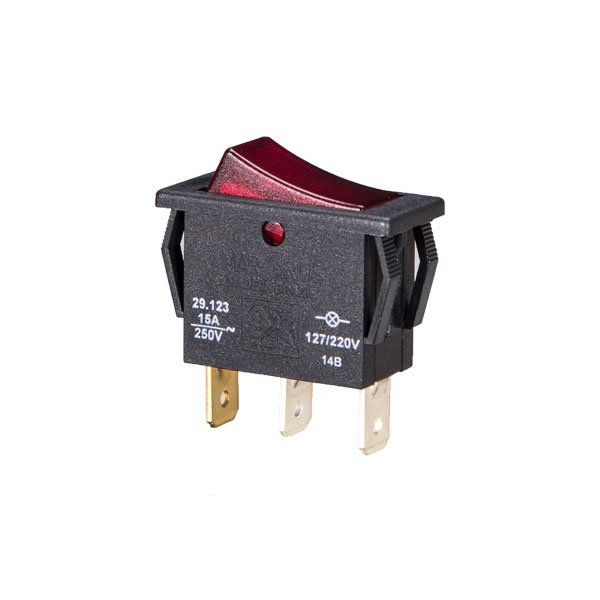
- #Winzip command line switches how to
- #Winzip command line switches install
- #Winzip command line switches zip file
- #Winzip command line switches archive
- #Winzip command line switches zip
To start up the Praat program, just double-click it. If you are in doubt, try the 64-bit edition first,Īnd switch to the 32-bit edition if the 64-bit edition does not work.
#Winzip command line switches install
The 64-bit edition will not work on it, so you have to install If you have an older computer, or chose a 32-bit operating system, Do I need the 64-bit edition or the 32-bit edition?Īll current Windows computers have a 64-bit operating system.

#Winzip command line switches zip
You can drag it out of the zip folder to any location on your hard disk (so that you can use Praat even if your system administrator does not allow you to install other programs!).Ģ. When you double-click the zip folder, a file called Praat or Praat.exe will appear. WScript.Echo ( "Extracted.To download the latest version of the Windows (7, 8, 10, 11.) edition of Praat,ĭownload one of the following zip folders to your desktop: 64-bit edition: praat6310_win64.zip ( 12.9 MB) <- you probably want thisģ2-bit edition: praat6310_win32.zip ( 12.5 MB)Īfter downloading, you will see the zip folder as a folder icon with a zipper on it (or as some other icon if you installed a special zip program such as WinZip). > j_unzip.vbs ECHO objTarget.CopyHere objSource, intOptions > j_unzip.vbs ECHO Set objTarget = objShell.NameSpace(outFolder) > j_unzip.vbs ECHO Set objSource = objShell.NameSpace(strZipFile).Items() > j_unzip.vbs ECHO Set objShell = CreateObject( "Shell.Application" ) WScript.Echo ( "Extracting file " ^& strFileZIP) > j_unzip.vbs ECHO outFolder = sCurPath ^& "\" > j_unzip.vbs ECHO 'The folder the contents should be extracted to. > j_unzip.vbs ECHO strZipFile = sCurPath ^& "\" ^& strFileZIP > j_unzip.vbs ECHO sCurPath = CreateObject("Scripting.FileSystemObject").GetAbsolutePathName(".") > j_unzip.vbs ECHO REM CurDir = WshShell.ExpandEnvironmentStrings("%%cd%%") > j_unzip.vbs ECHO REM Set WshShell = CreateObject("Wscript.Shell") > j_unzip.vbs ECHO 'The location of the zip file. > j_unzip.vbs ECHO Set ArgObj = WScript.Arguments > j_unzip.vbs ECHO ' Dim ArgObj, var1, var2 > j_unzip.vbs ECHO ' It's a mess, I know!!! REM Changing working folder back to current directory for Vista & 7 compatibility Include the script below at the start of the batch file to create the function, and then to call the function, the command is.Ĭscript /B j_unzip.vbs zip_file_name_goes_here.zip So here is the script for my own solution.
#Winzip command line switches archive
e: Extract files from archive (without using directory names)įULL DOCUMENTATION (for "e" aka "Extract") HERE Now the unzip portion: (to unzip the file you just created) "C:\WhereIUnzippedCommandLineStuff\7zipCommandLine\7za.exe" e MySuperCoolZipFile.zip "*.*" -oC:\SomeOtherFolder\MyUnzippedFolder -pmypassword -y -rĪs an alternative to the "e" argument, there is a x argument. "C:\WhereIUnzippedCommandLineStuff\7za.exe" a MySuperCoolZipFile.zip "C:\MyFiles\*.jpg" -pmypassword -r -w"C:\MyFiles\" -mem=AES256 So the zip command would be (with the command line version of the 7 zip tool). (current (at time of writing) direct link)

There is a "command line" version which is probably better suited for this: The client may need their own copy of 7-zip (or winzip or other) to view the contents of the file.
#Winzip command line switches zip file
NOTE: Adding a password will make the zip file unfriendly when it comes to viewing the file through Windows Explorer. This will nest your files correctly in the zip file, without extra folder information.įULL DOCUMENTATION (for "a" aka "Add") HERE Usually what you want with zip functionality.Ī is for "archive". bat file "C:\Program Files\7-Zip\7z.exe" a MySuperCoolZipFile.zip "C:\MyFiles\*.jpg" -pmypassword -r -w"C:\MyFiles\" -mem=AES256 Note: I am going to zip and then unzip a file. Use it like this: cscript //B j_unzip.vbs zip_file_name_goes_here.zip REM MyVar = MsgBox ( strZipFile, 65, "MsgBox Example" Set objTarget = objShell.NameSpace(outFolder) Set objSource = objShell.NameSpace(strZipFile).Items() Set objShell = CreateObject( "Shell.Application" ) WScript.Echo ( "Extracting file " & strFileZIP) 'The folder the contents should be extracted to. SCurPath = CreateObject("Scripting.FileSystemObject").GetAbsolutePathName(".") REM CurDir = WshShell.ExpandEnvironmentStrings("%%cd%%") REM Set WshShell = CreateObject("Wscript.Shell")

#Winzip command line switches how to
I put an example on my blog on how to unzip a file using a batch file: ' j_unzip.vbs This way it does not require need of third party applications, just the one batch file that does everything. I've done it in the past for numerous tasks. Then pipe out the script from within your batch file and then call it. Firstly, write an unzip utility using vbscript to trigger the native unzip functionality in Windows.


 0 kommentar(er)
0 kommentar(er)
